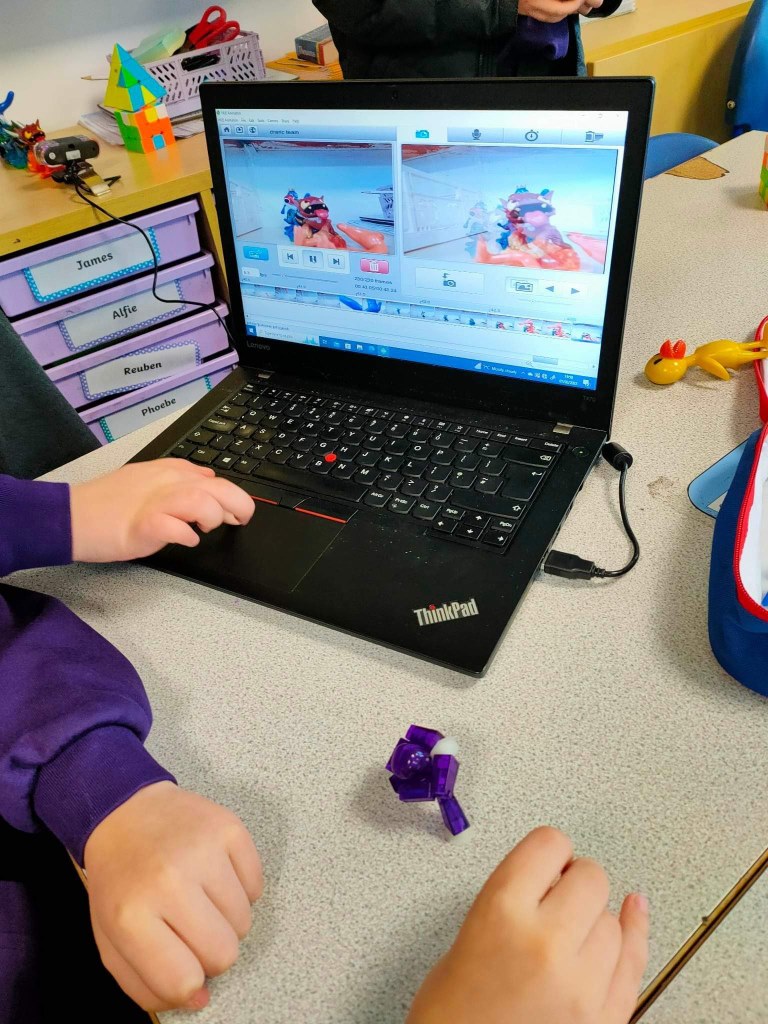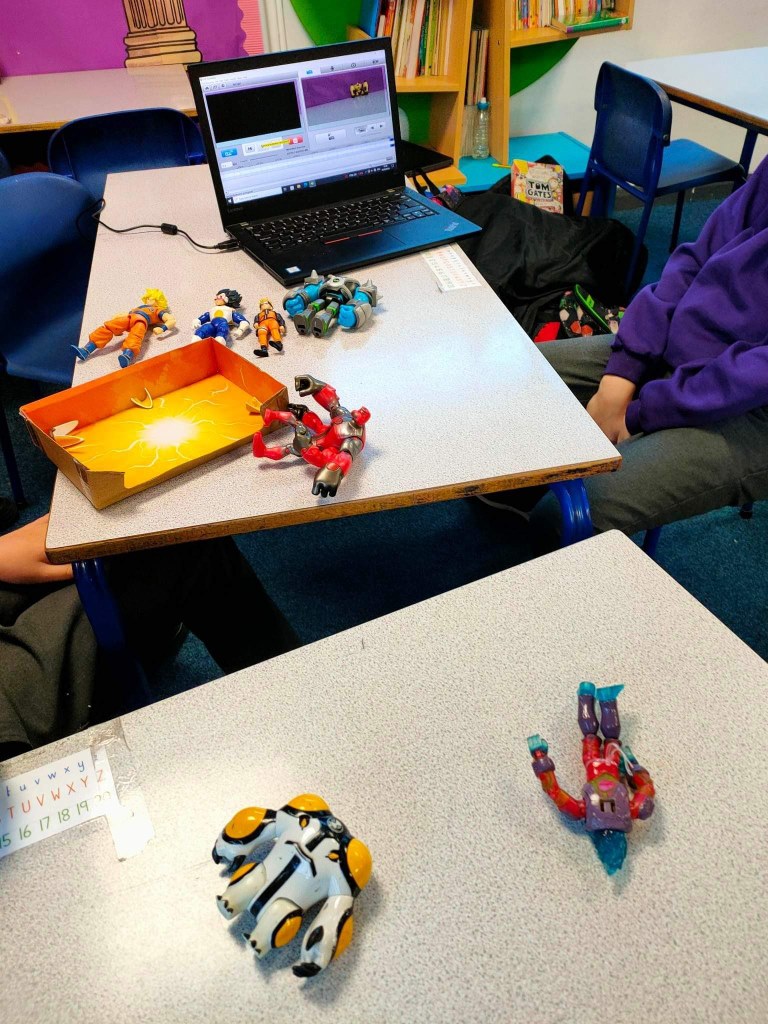Computing

At Kingswood Primary, we know that technology is an integral part of everyday life, with new careers in technology ever evolving. We want to prepare our children for a future which is shaped by technology. It is important that we model and educate our children on how to use technology safely, positively and responsibly. We aim for our pupils to be creators, rather than consumers of technology and our curriculum is focused on computer science, information technology and digital literacy to reflect this. We want our pupils to understand the many choices that come with technology and to understand the lasting imprint their digital footprint leaves. Our computing curriculum aims to engage children in all the different ways that technology can be used positively, moving away from a social media culture. At Kingswood Primary, we want the children to become confident with a range of tools to best express their understanding of technology and to feel comfortable using these tools independently as they prepare for key stage 3. The curriculum fulfils the requirements of the National Curriculum for England. This course of study seeks to show how technology shapes the world around us. The curriculum is split into 6 areas of learning. It is designed so that each year group will complete a unit of work in these different areas once a year. The curriculum is designed on a spiral approach meaning that the themes are constantly revisited so that learning can be consolidated and then built upon.
 Intent:
Intent:
Our computing curriculum design has deep links with mathematics, science, and design and technology. At the core of our computing curriculum is computer science, in which pupils are taught; the principles of information and computation, how digital systems work, and how to put this knowledge to use through programming. Building on this knowledge and understanding, we intend for our children to use information technology to create programs, systems and a range of content. We aim to ensure that pupils become digitally literate – able to use, and express themselves and develop their ideas through, information and communication technology – at a level suitable for the future workplace and as active participants in a digital world.

 Implementation:
Implementation:
A clear and effective, bespoke cross curricular scheme of work that provides coverage in line with the National Curriculum. Teaching and learning should facilitate progression across all key-stages within the strands of digital literacy, information technology and computer science.
- Access to resources which aid in the acquisition of skills and knowledge.
- Children will have access to the hardware (computers, tablets, programmable equipment) and software that they need to develop knowledge and skills of digital systems and their application.
- A clear and effective scheme of work from Purple Mash that provides coverage in line with the National Curriculum.
- Searching and learning should facilitate progression across all key stages within the strands of digital literacy, information technology and computer science. Children will have the opportunity to explore and respond to key issues such as digital communication, cyber-bullying, online safety, security, plagiarism and social media.
- Parents are informed when issues relating to online safety arise and further information/support is provided if required.
As well as opportunities underpinned within the scheme of work, children will also spend time further exploring the key issues associated with online safety during PSHE/ RSE where applicable.
Online safety is an integral part of children’s education in today’s digital world and is embedded in their learning at school. We also want to help our parents and children improve their own understanding of online safety issues so they can learn to use the internet and all digital media in a safe and secure way.

 Impact:
Impact:
We measure the impact of our curriculum through the following methods:
- Assessing children’s understanding of topic linked vocabulary before and after the unit is taught.
- Images and videos of the children’s practical learning.
- Interviewing the pupils about their learning (pupil voice).
- Annual reporting of standards across the curriculum.
- Children will be confident users of technology, able to use it to accomplish a wide variety of goals, both at home and in school.
- Children will have a secure and comprehensive knowledge of the implications of technology and digital systems. This is important in a society where technologies and trends are rapidly evolving.





